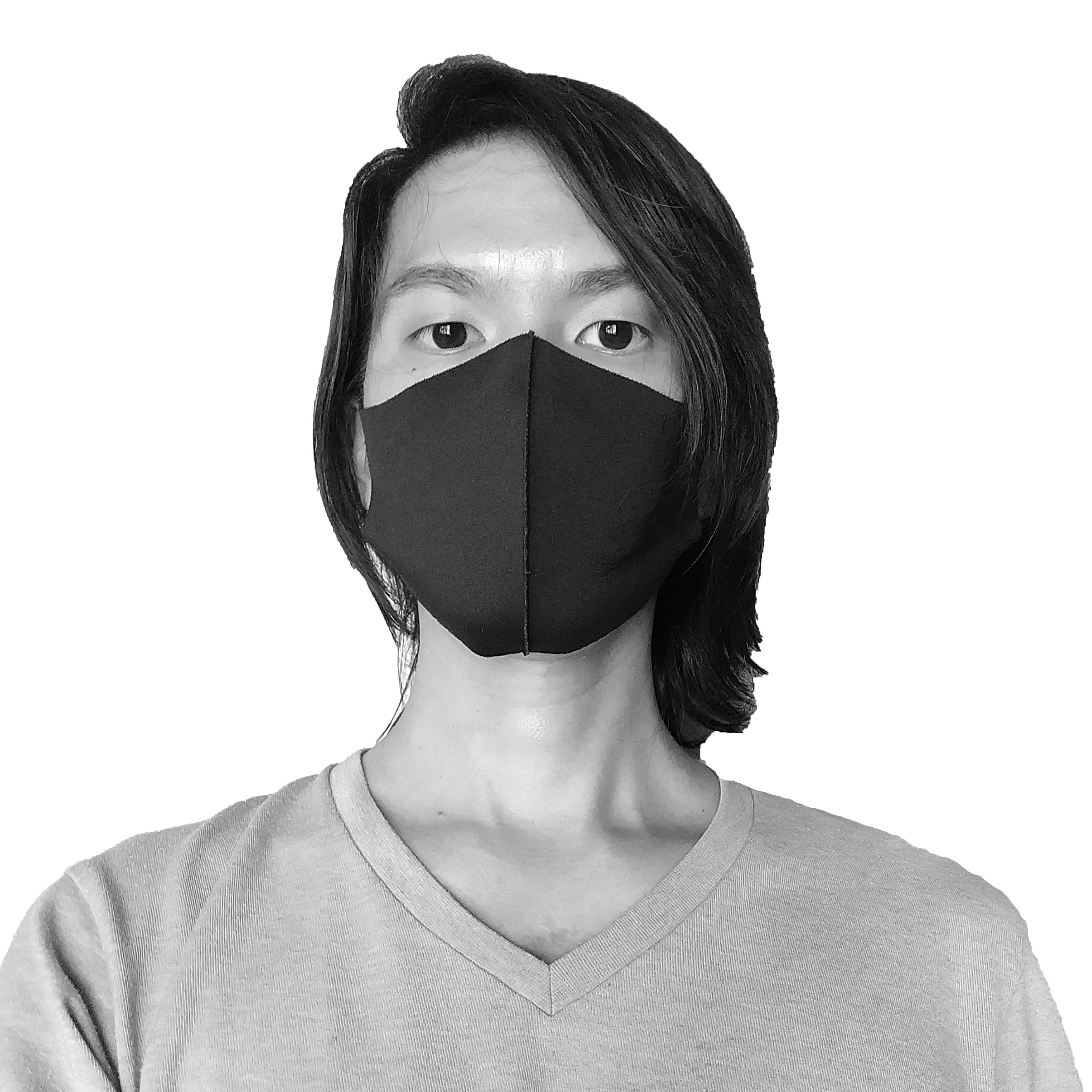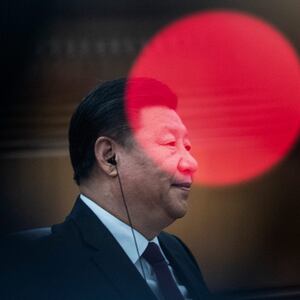Earlier this month, a Chinese firm that has cashed in on deploying AI-powered surveillance gear in Xinjiang momentarily published some of its code online, providing a glimpse into how tech firms track the region’s Uighur population on behalf of the Chinese government.
In what can only be described as a massive fuck-up, someone—likely a software engineer employed by Dahua Technology, the surveillance-gear supplier—posted the company’s software development kit for video tracking tools, which are built specifically to identify Uighurs. A Munich-based software security engineer, Serge Bazanski, came across the code on Github and tweeted screenshots, as well as a link to Dahua’s full code on Y Combinator’s Hacker News site, on Nov. 2.
Dahua yanked its kit off Github shortly after, but it has been archived on the Wayback Machine.
The code includes race-based tagging and tracking, as well as seemingly harmless physical-trait identifiers like whether a scanned subject has a beard, wears a mask, or carries a handbag or backpack. Among other visibly quantifiable traits, it classifies the clothing that a person is wearing, and, apparently, the person’s emotional state: NORMAL, ANGER, DISGUST, FEAR, CONFUSED, SCREAM, and more.
As long as someone who is already tracked stays within view of Dahua’s cameras, the algorithm can determine what mode of transportation they rode on, down to the vehicle’s make, as well as identify its license plate. And the system is designed to be embedded into any piece of hardware with a camera and internet connection, co-opting things like ATMs into part of the network of devices that track Uighurs.
Responding to Bazanski’s post on Hacker News, one coder wrote, “This makes me sick, because I could see myself and many people I know doing the same thing, under the right circumstances, without even very much coercion needed, just writing a bit of business logic...”
Dahua is partially state-owned and its shares are traded on the stock market in Shenzhen. It is China’s second largest surveillance company, according to a report by Hong Kong’s South China Morning Post. In 2016 and 2017, Dahua and another Chinese firm, Hikvision, secured contracts valued at about $1.2 billion offered by the Chinese government to set up surveillance systems in “smart cities” and “safe cities” in Xinjiang. Dahua is in charge of six of the 11 projects, including one in Yarkant County, where more than 100 Uighurs and Han Chinese people were killed during riots in July 2014.
In October 2019, Dahua and Hikvision were placed on the U.S. Department of Commerce’s Entity List because they were “implicated in human rights violations and abuses in China’s campaign targeting Uighurs and other predominantly Muslim ethnic minorities” in Xinjiang—part of a campaign that scholars and observers have characterized as cultural genocide. The ban in effect barred the companies from importing tech products from the U.S., but the Chinese firms can still sell their gear and software to American buyers. Earlier this year, in March, Dahua showcased its product line at a security trade show in Las Vegas, seeking potential sales to American enterprises just before the COVID-19 pandemic raged stateside.
The following month, Dahua struck a $10 million deal with Amazon to supply the company with 1,500 thermal cameras that track the body temperatures of its workers.
The Chinese government implements draconian measures to suppress Uighur Muslims’ expression of culture and religion. It has banned “abnormally long” beards and jailed men who refuse to shave their facial hair; the verdict in one case was a six-year prison sentence. Women are not allowed to wear veils in public. In the past three years, thousands of mosques have been demolished or damaged. Historical sites and cemeteries have been razed in the past decade.
Xinjiang’s Uighurs may also be detained if they communicate with people outside of the region, particularly if they use VPNs and blocked apps like WhatsApp. Even setting a clock or watch two hours behind Beijing to “Ürümqi time”—the distance between Beijing and Xinjiang’s capital is roughly the same as New York to Denver—can draw scrutiny from the authorities.
Now, up to a million Uighurs at any given time are kept in nearly 400 thought-transformation facilities built by the Chinese government. This form of detention is arbitrary, with cited reasons including “minor religious infection,” “relatives abroad,” and even “thinking is hard to grasp.” At these sites, there are classes to “reform” Uighurs who are kept against their will through what the Chinese government calls “education and vocational training.” Uighurs who have “graduated” from these facilities say that the Chinese government’s ultimate goal is to erase their language and traditions.
In his book The Room Where It Happened, former White House National Security Adviser John Bolton mentions that President Trump encouraged Chinese Communist Party leader Xi Jinping to continue building detention camps in Xinjiang. Trump disputes this account.
In August, the Biden campaign likened China’s treatment of Uighur Muslims to “genocide,” and indicated that Joe Biden “stands against it in the strongest terms.” And during the Democratic debate in Charleston, Biden called Xi “a thug.”
On Monday, Chinese state-run newspaper People’s Daily posted a long-winded defense on Facebook titled “Is it really genocide?”
There are no gas chambers in Xinjiang, but the Chinese government targets the Uighur population to wipe out its cultural identity. Nominally an autonomous region, Xinjiang is under the iron grip of the Chinese government, with CCP cadres dispatched to oversee security matters under the guise of counterterrorism and poverty alleviation. Xi Jinping calls his own policies and the Chinese government’s actions in Xinjiang “totally correct.” Meanwhile, Chinese tech companies are now serving up an automated means to monitor, track, and surveil people in Xinjiang, tying their fate with algorithmic black boxes.







